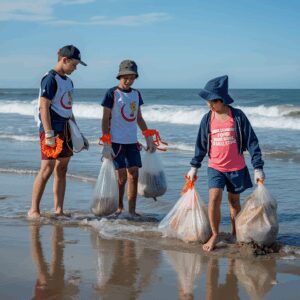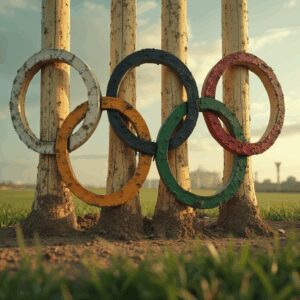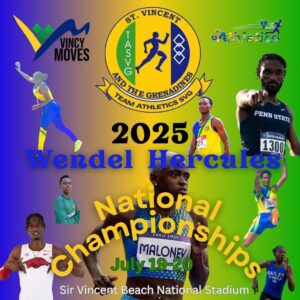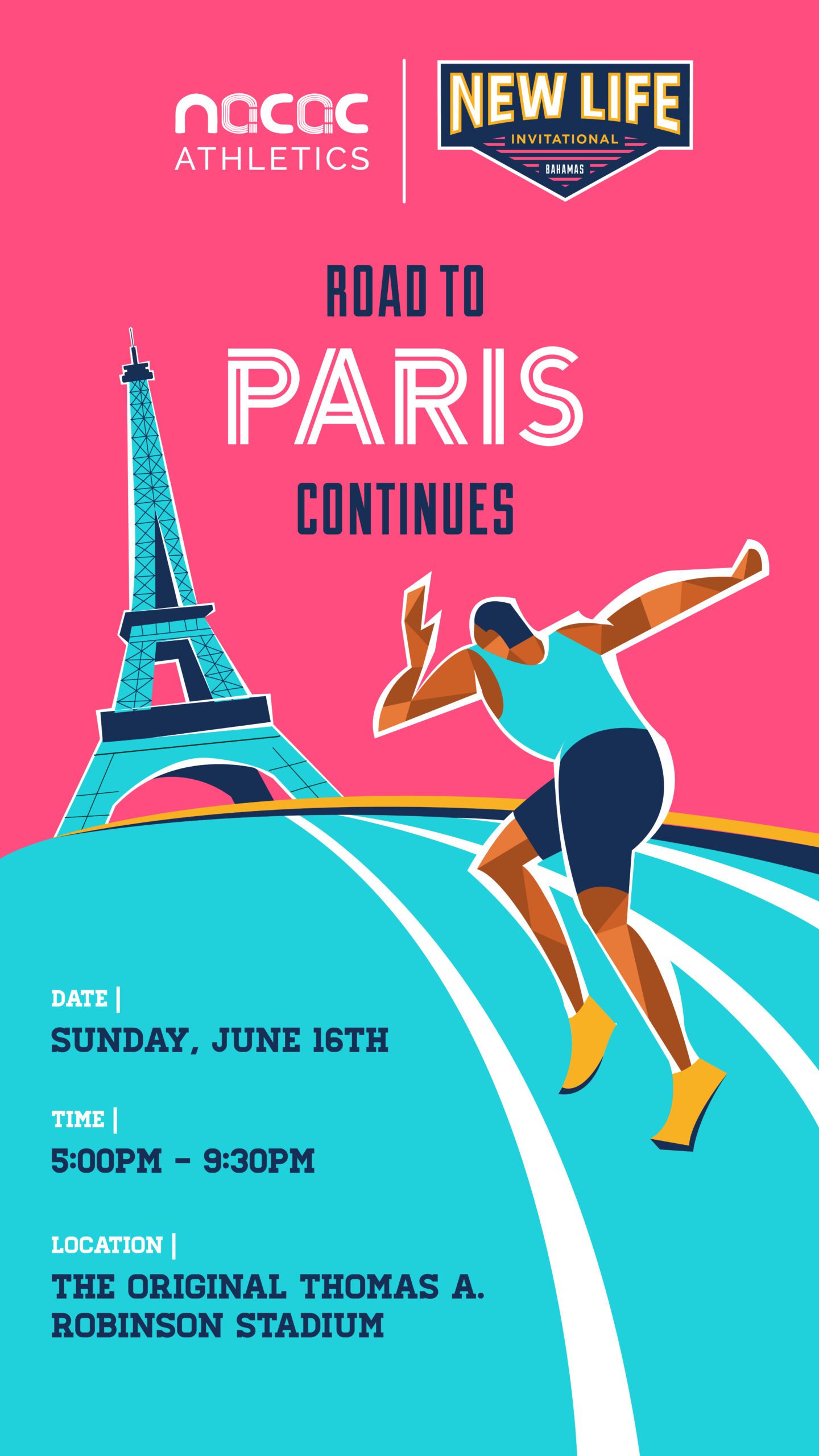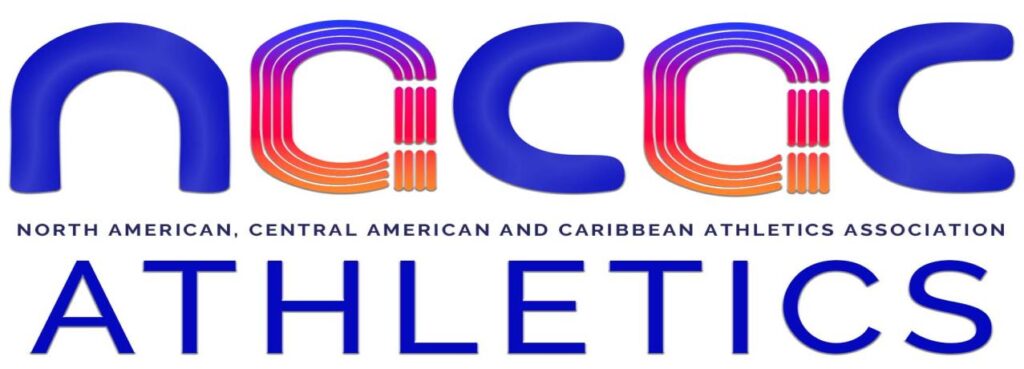The national stadium and sport development in SVG
Much has been said and written about the urgent need for a national stadium for track and field athletics in St Vincent and the Grenadines over the past decades. Now that there is in place a synthetic surface located at Diamond Estate, tongues and pens are still wagging in terms of the analyses of the discourse.
In this Column we take some time to engage in the national dialogue.
Background
In 1958, St Vincent and the Grenadines, under the ambit of the Athletics Association governing the sport of athletics in this country, selected a representative team to attend and participate in the British Empire Games, (now the Commonwealth Games). The athletes were Elton Anderson and Roberts with ‘Sap’ Coombs as the manager/coach.
Since then, St Vincent and the Grenadine shas been developing athletes to compete at the national, regional, and international levels. While the levels of success varied, there has always been little doubt that despite the size of both our country and its economy, we are possessive of talented athletes, capable, with the benefit of appropriate training, of competing favourably with the best of the region and farther afield.
In the lead-up to and during the period of the West Indian Federation and for a few years afterwards, “the Caribbean hosted the annual British West Indies Championships, first held in 1957 in anticipation of the creation of the Federation of the West Indies. The federation comprised the ten British islands of Antigua, Barbados, Dominica, Grenada, Jamaica, Montserrat, St. Kitts, St. Lucia, St. Vincent, and Trinidad. Although not part of the federation the colonies of Bahamas, British Guiana and British Honduras were also invited to compete. Women’s events were first included on the programme in 1959”.
The Games were celebrated as follows, “1957 Kingston (JAM), 1958 Port of Spain (TRI), 1959 Georgetown (BGU), 1960 Kingston (JAM), 1964 Kingston (JAM) and 1965 Bridgetown (BAR)”.
St Vincent and the Grenadines participated in the Games with Dan Winsboro (3.81m) and Ayrton Clouden (3.50m) placing second and third respectively in the Pole Vault in 1965. In the same year, Clouden (58.03m) won the Javelin Throw.
When visionaries in the Caribbean conceptualised the Carifta Games in 1972, the Girls’ Relay was among the medals. Jacintha Ballantyne won the first individual medal for Girls at Carifta one year later and Orde Ballantyne, her brother, became our country’s first Carifta Games gold medallist, when he won the Shot Put. These athletes were all home-grown.
Several athletes went on to win medals at the Carifta Games and other regional and international events through the years.
The fact is that we have always had talented athletes and our coaches worked well with them to achieve success, in spite of the limited equipment and facilities available.
Over the last several years we have systematically developed a stock of equipment made available to schools and communities around the country. We have also had more coaches being trained, in large measure because of the inclusion of Physical Education and Sport as an examinable subject in our education system and the interest of many in becoming coaches. Now, we have seen the growth of clubs that are better organised and administered with well-prepared coaching programmes, engaging in all-year preparation of athletes in a scientific manner.
National Stadium for athletics
The achievements of our athletes at home and abroad led the leadership , the media, and enthusiastic supporters of the sport of athletics to start the appeal for a synthetic surface on which to compete.
Administrators and coaches of the sport argued that if the achievements of our athletes on grassed surfaces were enough to have the athletes compete favourably at the regional and international levels, the provision of a national stadium will enhance preparation and achievement on their part.
Successive governments spoke favourably of providing a national stadium but did nothing to facilitate its realisation, giving further credibility to those who insisted that governments had no real interest in the development of the nation’s youths.
Even when the ULP took office in 2001 and established a Stadium Committee, the political interference in the determination of its membership and mode of operation gave the lie to any genuine interest in the realisation of such an important facility for the immensely talented athletes in the country.
The presence of then leading distance running athlete, Pamenos Ballantyne, on the first cover of the Youth Manifesto of the ULP for the general elections of 2001, was, for many years after, seen as part of a broader political ruse to win the votes of the young voters.
In 2020, with the government under immense pressure amongst the Vincentian electorate and the Prime Minister seeking an unprecedented fifth term in office, the youth vote was particularly important. The stadium quickly came into focus. Suddenly, it had to be constructed and in record time. It had to be opened prior to the general elections and so it was just about a week before the fateful date.
Close and critical analysis of the process that led to the construction of the national stadium would expose its political rationale.
But the provision of the stadium, regardless of motivation, has offered Vincentian youths, especially those interested in athletics, an excellent opportunity to hone their skills.
The realisation of the stadium, however much more work is needed to bring it up to generally international standard as a sport arena, the existence of the track and the attendant field event facilities, is enough for the coaches and athletes to enhance their preparation for national, regional, and international competitions.
The onslaught of covid did nothing to hamper the scores of athletes who joined their coaches in utilising the facility to better prepare themselves even when they were restricted to only local competitions.
Once the international arena began opening up to competitions our athletes journeyed to Costa Rica where Kyle Lawrence finished third in the 100m U20 in the NACAC Championships. He has been training at home. His performances thus far for this year has seen him produce times that are comparable to other athletes across the Caribbean.
The overseas athletes have been improving but here we are addressing the value of having a national stadium.
Equipment
The stadium as it is now essentially incomplete. This is an acknowledged fact.
The Ministry of Planning carries the responsibility for the facility until it is completed. The Stadium Committee has to wait until the construction process is completed before they receive authorisation to take over responsibility for it.
As it is now the only athletics equipment available for use at the national stadium belongs to Team Athletics St Vincent and the Grenadines (TASVG).
Happily, over the past several years TASVG has been fortunate enough to benefit from the World Athletics Athletes Olympic Dividend Programme. For four years TASVG received $25,000 USD per year which was used to provide equipment to several zones around SVG.
TASVG approached the National Sports Council (NSC) to enter into an agreement where the equipment will be placed in Zones and be used as the basis for establishing the much-vaunted Area Sports Committees (ASC). Unfortunately, the NSC opted out of the arrangement at the last minute. The TASVG then arranged to work with schools and communities, locating equipment in six zones.
One additional set of equipment was procured for TASVG’s competitions. It is this equipment that is now being used at the national stadium. However, there are some equipment that will have to be procured if we are serious about hosting full competitions to which overseas athletes can be invited and even host regional and international championships.
The future
Thus far, in the competitions held by Team Athletics St Vincent and the Grenadines for 2022, several athletes have shown significant interest and enhanced performances.
This year’s team to the annual Carifta Games will be the largest athletics only team attending the event since it first started in 1972.
The existence of the national stadium, albeit not yet completed, has given rise to growing interest in the sport of athletics, not only among potential athletes and those directly associated with the development of the sport, but importantly, among the Vincentian enthusiastic sport-loving fans.
The response of the Vincentian public to the fact of being able to witness athletics competition at a stadium has generated immense interest in the sport and competitions at the stadium in Diamond had been remarkable.
It is important that we collaborate with all stakeholders to facilitate the completion of the national stadium.
Stands have to be constructed with appropriate facilities for athletes, administration, sport’s medicine and anti-doping, awards preparation, multi-eventers rest, meet management, photo finish, announcers, VIPs, jury of appeal, toilets, change rooms, spectators (covered and uncovered) and equipment storage.
Appropriate parking is necessary.
Importantly, there is need for a warm-up to be constructed with the same material used for the surface of the track.
There are designs regarding the competition and warm-up tracks. This augurs well for the future.
There is need for accommodation to be in close proximity to the stadium. For now, TASVG can work out a relationship with the St Vincent and the Grenadines Football Federation for use of the latter’s facility at Brighton.
The athletes’ numbers keep growing. The Kids In Athletics programme will yield significant results in terms of a pathway for the development of those who show interest in the sport of athletics.
There is reason to believe that the government is committed to completing the facility at Diamond and that sport in the country will be significantly bolstered.
No doubt, TASVG and all of the stakeholders in the sport of athletics are appreciative of the government’s construction of the stadium at Diamond and will make full use of it for the development of the sport.
Much relies on the TASVG and its stakeholders to ensure that the facility is kept at a standard that allows for longevity. There should be no misuse of the stadium. Available equipment must be divided into what is available for training and that which are exclusive to competition.
Maintenance of the facility and equipment must be priorities.

